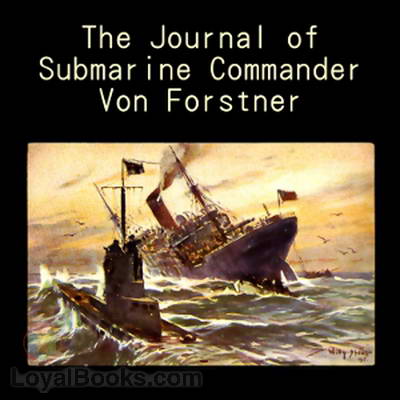
By: George-Günther Freiherr von Forstner (1882-1940)
The Journal of Submarine Commander Von Forstner offers a rare and intimate glimpse into the life of a German U-boat commander during World War I. Freiherr von Forstner's detailed accounts of his missions, interactions with the crew, and personal struggles provide readers with a vivid portrayal of the challenges faced by submariners during that tumultuous period.
His writings are not just a chronicle of military operations, but also a reflection on the human cost of war and the moral dilemmas faced by those in command. Von Forstner's introspective and honest narrative sheds light on the complexities of wartime leadership and the psychological toll it can take on individuals.
Overall, The Journal of Submarine Commander Von Forstner is a compelling and thought-provoking read that offers a unique perspective on the realities of submarine warfare. Von Forstner's writing is poignant and evocative, drawing readers into his world and making them truly empathize with the challenges he faced. This book is a must-read for anyone interested in military history or the human experience during times of war. Book Description:
The Journal of Submarine Commander Von Forstner is a graphic account of WWI submarine warfare. Forstner was the commander of German U-boat U-28. His journal, first published 1916, gives a gritty picture of daily life inside a submarine and details several torpedo attacks on Allied shipping. The 1917 translation of Forstner’s journal into English was unquestionably intended to bolster the Allied war effort. In the foreword, the translator states: “Nothing at the present day has aroused such fear as this invisible enemy, nor has anything outraged the civilized world like the tragedies caused by the German submarines.”
This audio read of Forstner’s journal was prompted by a tour of a captured WWII German U-505 submarine, which is a prime draw at Chicago’s Museum of Science and Industry. The sub’s interior is not for claustrophobics--a hunkered maze of pipes and valves, banks of engines and batteries that leave very little room for humans. Particularly arresting are the sleeping quarters--bunks cozy’d up with the 15 foot long torpedoes.
(Introduction by Sue Anderson)
|